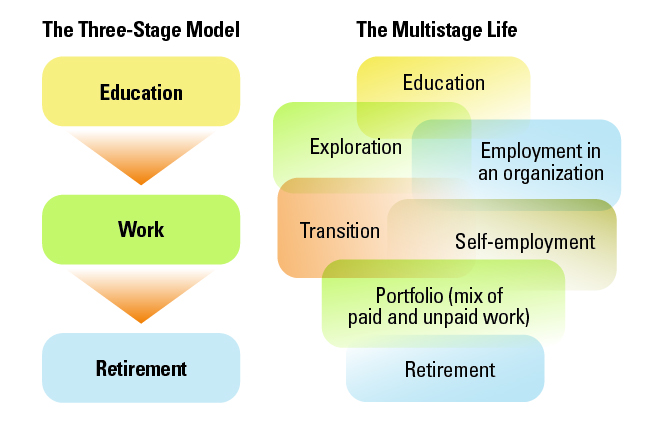O tema que o Público de hoje aborda em "
ADSE tem 650 mil despesas por tratar e há atraso nos reembolsos" é interessante, quer acerca do ponto de vista da abordagem por processos, quer acerca da permanência no sector do Estado de uma mentalidade forjada no século passado, algures no tempo em que Kafka escrevia os seus livros.
Alguma vez ouviram falar do termo reengenharia?
A reengenharia era uma palavra muito em voga no mundo dos negócios nos anos 90. Michael Hammer era o seu principal profeta. Recuemos um pouco mais, recuemos ao tempo em que a eletricidade estava a implantar-se no mundo industrial. Nos postais de 2017, "
Reconfiguração" e "
Quanto tempo?" escrevo sobre o tempo que as empresas demoraram a mudar os layouts após a chegada da electricidade. 30 a 40 anos depois, do fim do vapor como fonte de energia fabril, as fábricas continuam a ser desenhadas como se ainda tivessem de estar ligadas a um veio central.
A reengenharia nos anos 90 veio fazer o mesmo, mas aos métodos de gestão. A reengenharia propunha que se começasse por uma folha em branco: esqueçam o passado, esqueçam os compromissos actuais, esqueçam as regras que seguem porque sempre foi assim que fizeram e pensem: como é que este preocesso deve ser realizado?
Processos velhos, são processos cheios de autorizações, são processos cheios de transacções acompanhadas de controlos. Controlo da entrega, controlo da recepção, carimbo aqui, verificação acolá. Para mim, o exemplo paradigmático é o dos comboios americanos que só no tempo de Reagan deixaram de ter ajudante de maquinista, quando há dezenas de anos já não era preciso um ajudante para atirar carvão para a caldeira da locomotiva a vapor. BTW, eu ainda me lembro das empresas de transporte terem um motorista e um ajudante de motorista em cada camioneta. O motorista só conduzia.
Nos últimos 30 anos os computadores entraram em força, depois a internet, depois as ferramentas colaborativas, depois ... o que é que estará maduro para a mudança revolucionária?
Voltemos ao artigo do Público:
"A ADSE tem cerca de 650 mil documentos de despesas no regime livre que estão por tratar, sem contar com os que estão por digitalizar, e os atrasos nos reembolsos são “enormes”, um problema que “estrangula e destrói” o subsistema de saúde dos funcionários públicos [Moi ici: O problema]
...
A actual situação decorre em grande parte do facto de a ADSE ter “actualmente 194 trabalhadores quando precisa de 270”,[Moi ici: A solução! Típica para alguém que nasceu e foi formatado no século XX. Mais quantidade a entrar, mais necessidade de gente para processar]"
Nas empresas pequenas, por norma, há sempre falta de pessoas, nas empresas grandes há muito que os ensinamentos da reengenharia foram aplicados, por vezes em demasia. No Estado e nos seus serviços é que é dificil aplicá-los. Imaginem que se aplicava num certo serviço e 20 pessoas ficam redundantes. O que é que se ia fazer a essas pessoas? Como não se podem despedir, ía-se arranjar um problema. Por isso, o melhor é não fazer nada. Recordo que no tempo de Clinton nos Estados Unidos, com a aplicação da reengenharia, a administração pública americana cortou entre 10 a 15% do seu efectivo.
Como seria aplicar a reengenharia aos serviços da ADSE sem tabus?
Desenhar o funcionamento actual da ADSE como um sistema de processos inter-relacionados. Medir o desempenho de cada processo com indicadores, identificar os pontos de entupimento no fluxo, e desenvolver acções para simplificar esses processos. No fim, se calhar não precisariam de mais trabalhadores.
O que se acontecesse seria um problema... e qual é o dirigente da admnistração pública que quer levantar problemas e prejudicar a sua vidinha?
BTW, o mesmo jornal Público há dias trazia estes números sobre o exército português que ilustram o problema do Estado gordo e extractivista que temos:
"em 2018 havia apenas 11.369 praças para um total de 15.643 sargentos e oficiais."
























